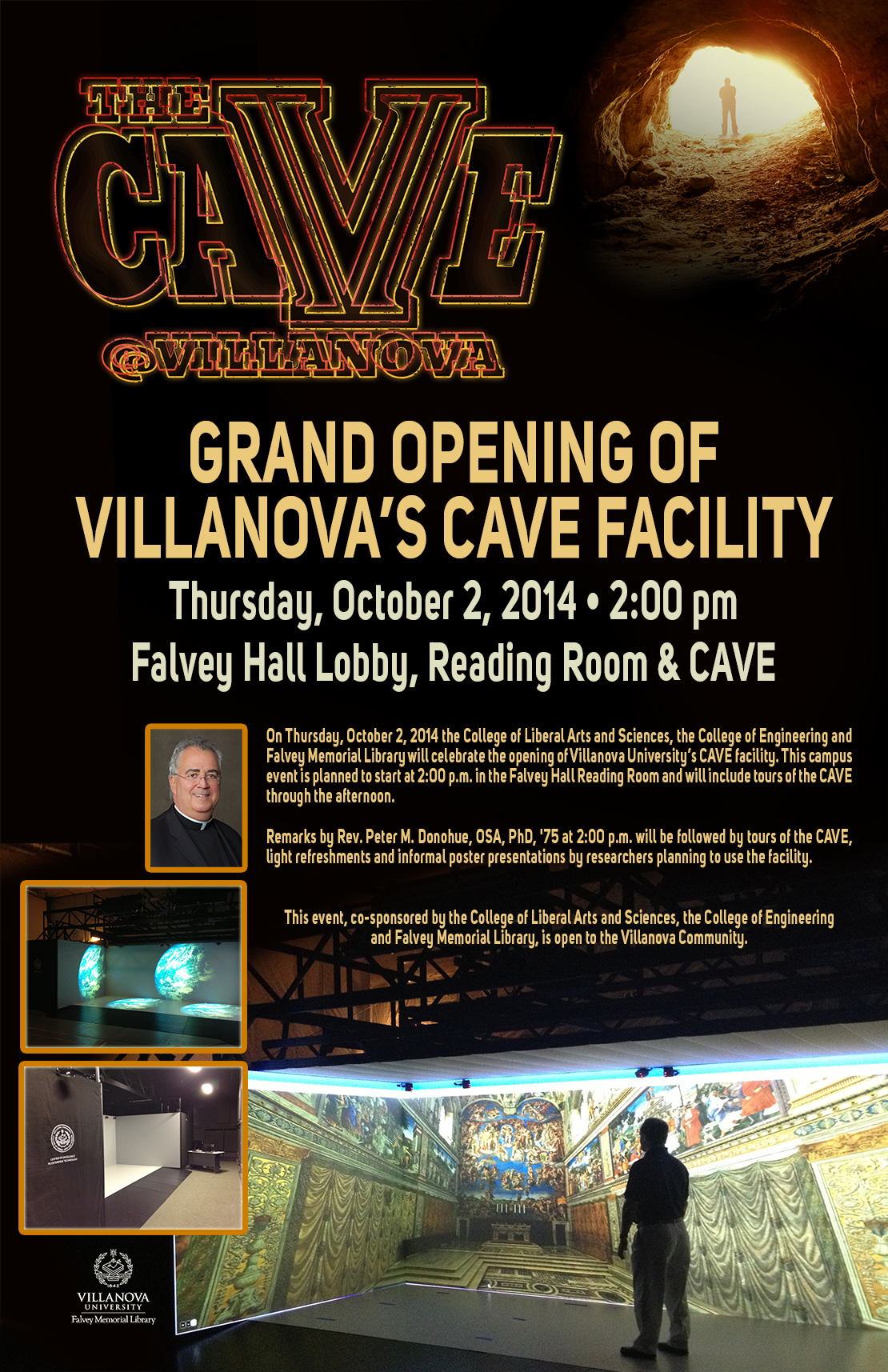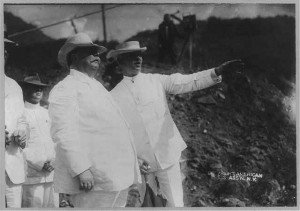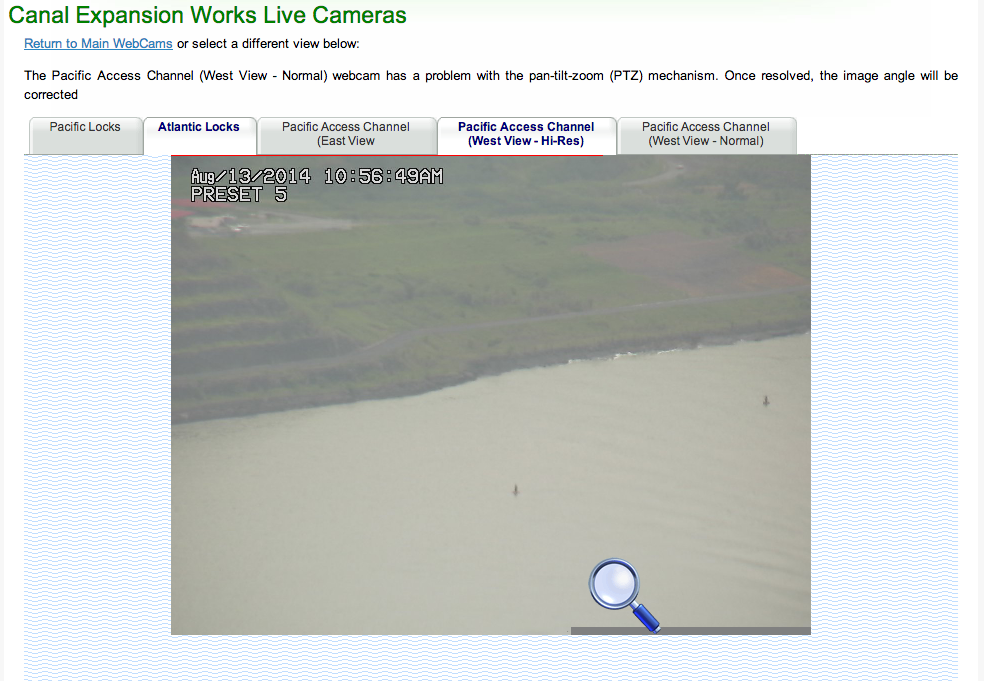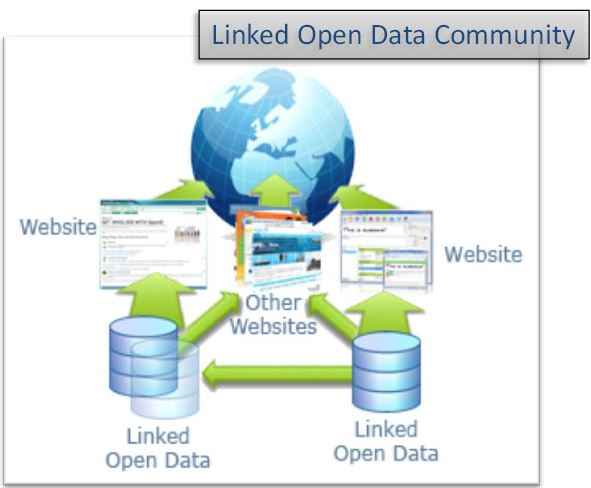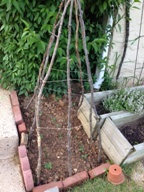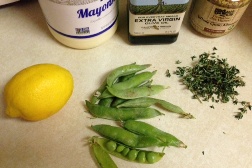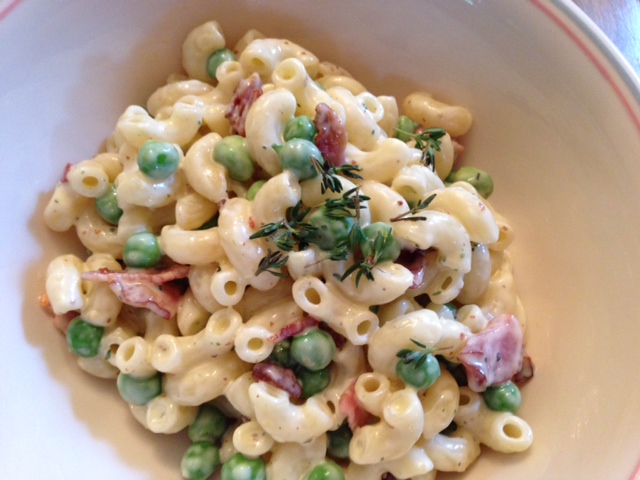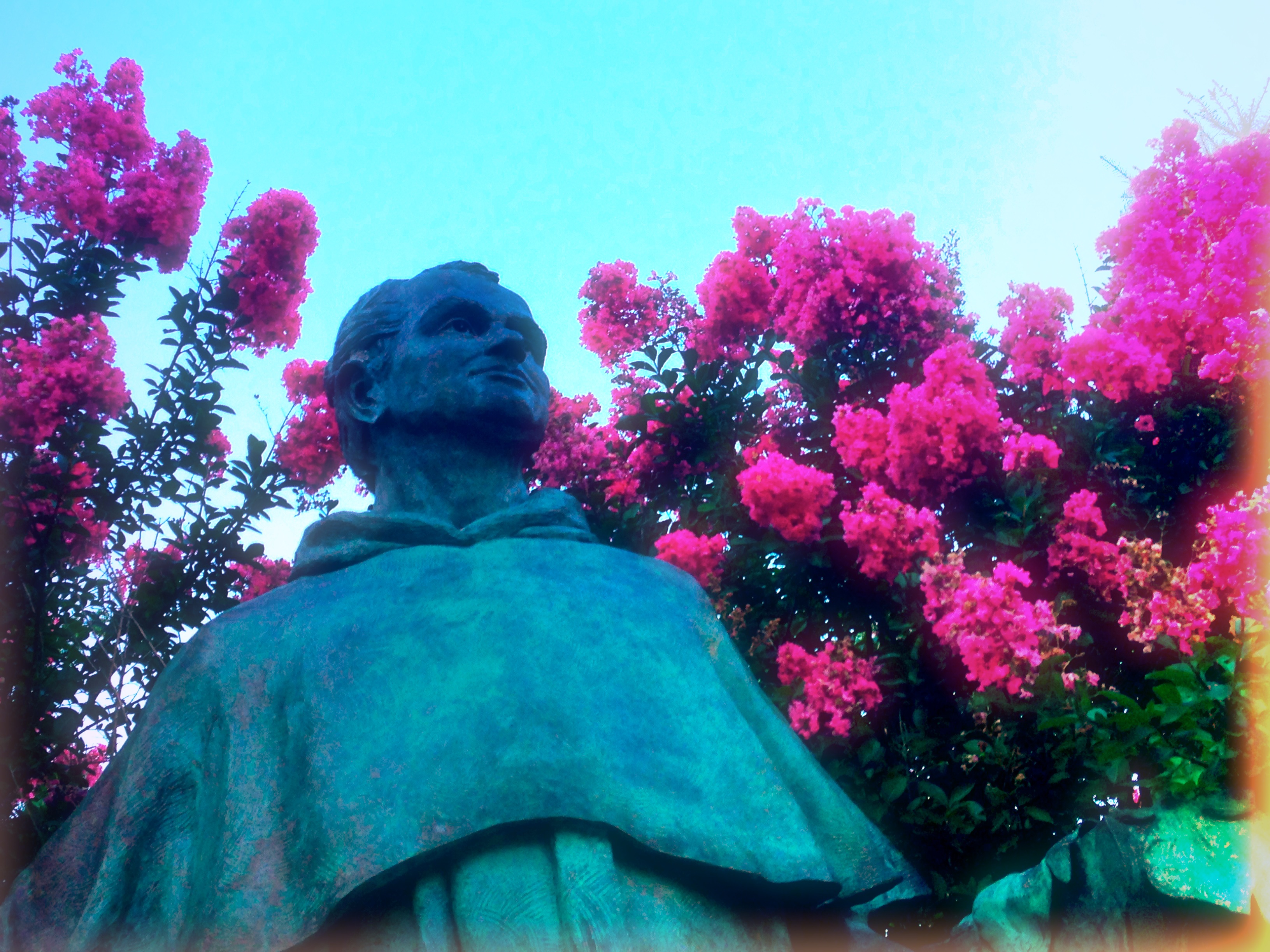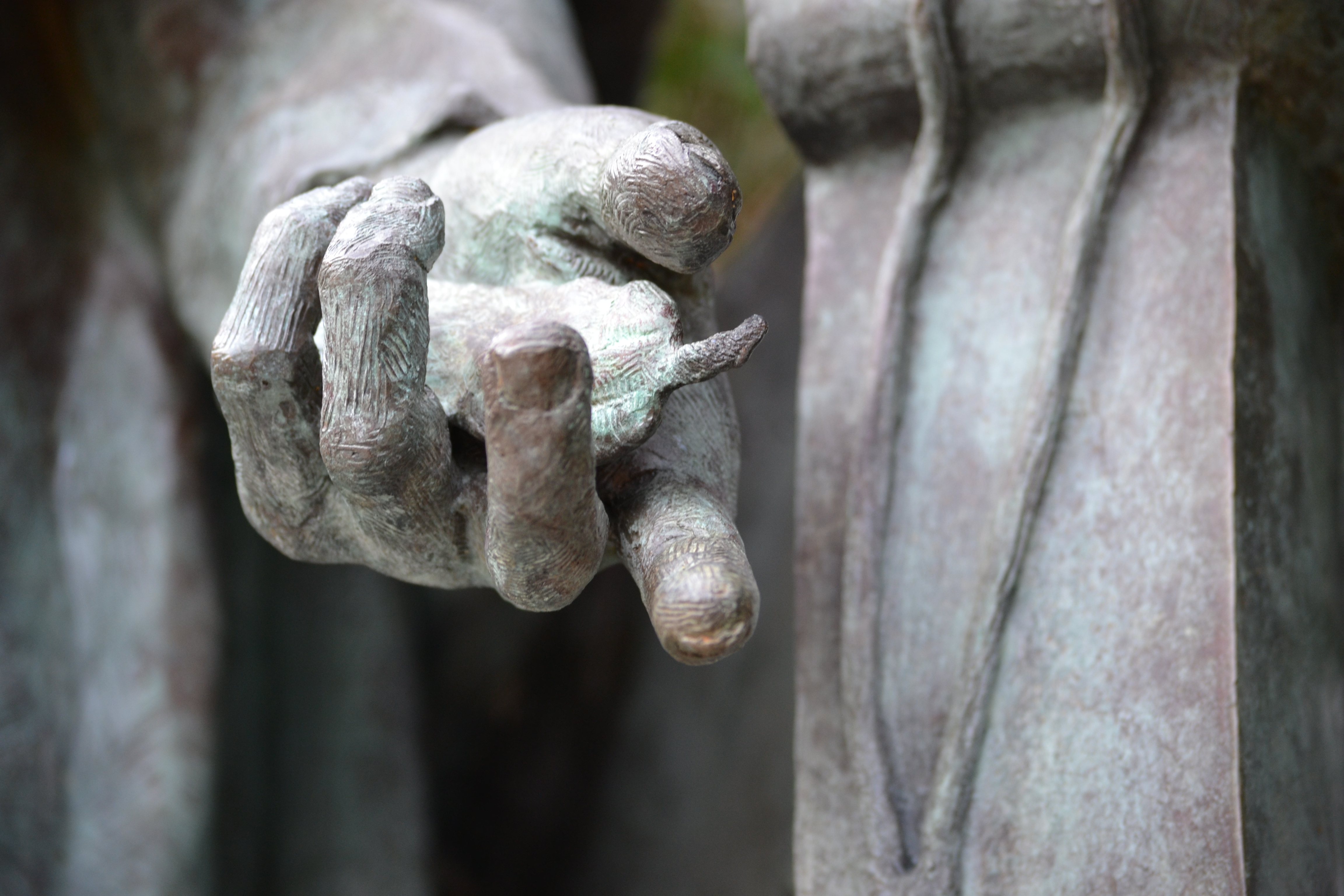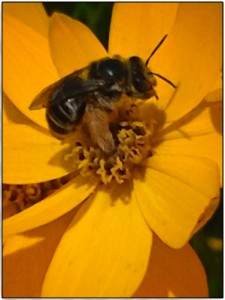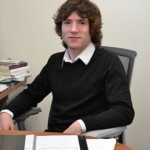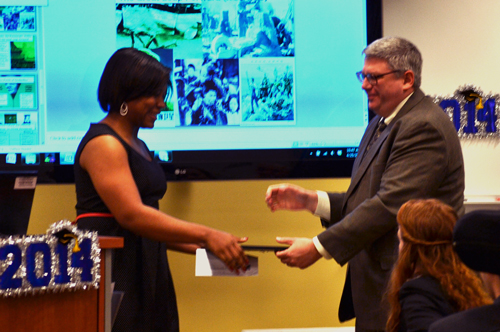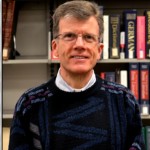Villanova’s Automatic Virtual Environment Opens Oct. 2
Imagine stepping into a room-sized enclosure, donning a pair of 3D glasses, and having the experience of touring the basilicas in Rome or exploring Philadelphia’s Eastern State Penitentiary or standing in the Sistine Chapel—all without leaving the Library. Well, technically Falvey Hall, which was the Villanova College Library before Falvey Memorial Library was built, will house this new facility, called the Villanova CAVE.
What does CAVE mean?
CAVE stands for Cave Automatic Virtual Environment. You may be asking, “Then, what does that “Cave” stand for?” MerriamWebster.com has your answer. The University’s version of this technology is called “the Villanova CAVE.
The Villanova CAVE allows participants to become virtually immersed in a setting in which they can move about and even walk to either side of the 3D image of an object, such as a statue or sign, as though they were in the actual setting. For historical sites that have begun to deteriorate, such as the Eastern State Penitentiary, it preserves them for posterity. For sites of limited space, such as the Santa Rosa Necropolis under Vatican City that cannot accommodate large groups, the Villanova CAVE allows 10-15 people at a time to examine that location.
How does it work?
The Villanova CAVE enclosure—18’ wide, 10’ deep, 7.5’ high—has scrims that form three of its walls and a ceiling. These scrims, rear-projected HD screens, display a unified 3D image.
The Villanova CAVE can also be configured to display a 3D image on three walls and its floor, instead of its ceiling. To minimize shadows from viewers, strategically placed projectors create the floor imagery. An opening, where the fourth wall would be, gives users access to the CAVE. Users wear 3D glasses to achieve an immersive experience. The Villanova CAVE also includes sound.
In addition to the CAVE’s capability to display images and video, this immersive studies system will, in the future, also include a multi-camera component for capturing images and video. Assistant Professor and Director Engineering Entrepreneurship Edmond Dougherty is constructing a robotic camera unit that will not only record images and video but also stream live, immersive video into the Villanova CAVE. This unit will hold several cameras mounted in a spherical array (software combines the cameras’ input into a single 3D image or video). This camera unit includes lights and microphones.
How will this system benefit Villanova?
University professors will have the ability to record artifacts, settings, and events to be studied—unencumbered by distance, climate, or time of day—by their students on campus. Faculty may also include such recordings when developing their course curriculums.
Non-Villanova researchers, aka “off-campus collaborators,” will have the opportunity to access to this immersive studies system for their own research projects. This collaboration with non-Villanova researchers illustrates a trend in which academic libraries provide environments called “collaboratories.”
Speaking of collaboration, Frank Klassner, PhD, associate professor of computing sciences and director of the University’s Center of Excellence in Enterprise Technology (CEET) teamed up with Professor Dougherty and then-Library-Director Joe Lucia to write the proposal to the National Science Foundation (NSF). Together they garnered a $1.67 million NSF grant: “the largest NSF research grant ever awarded to the University.”
 Article by Gerald Dierkes, senior copy-editor for the Communication and Service Promotion team and a liaison to the Department of Theater.
Article by Gerald Dierkes, senior copy-editor for the Communication and Service Promotion team and a liaison to the Department of Theater.
